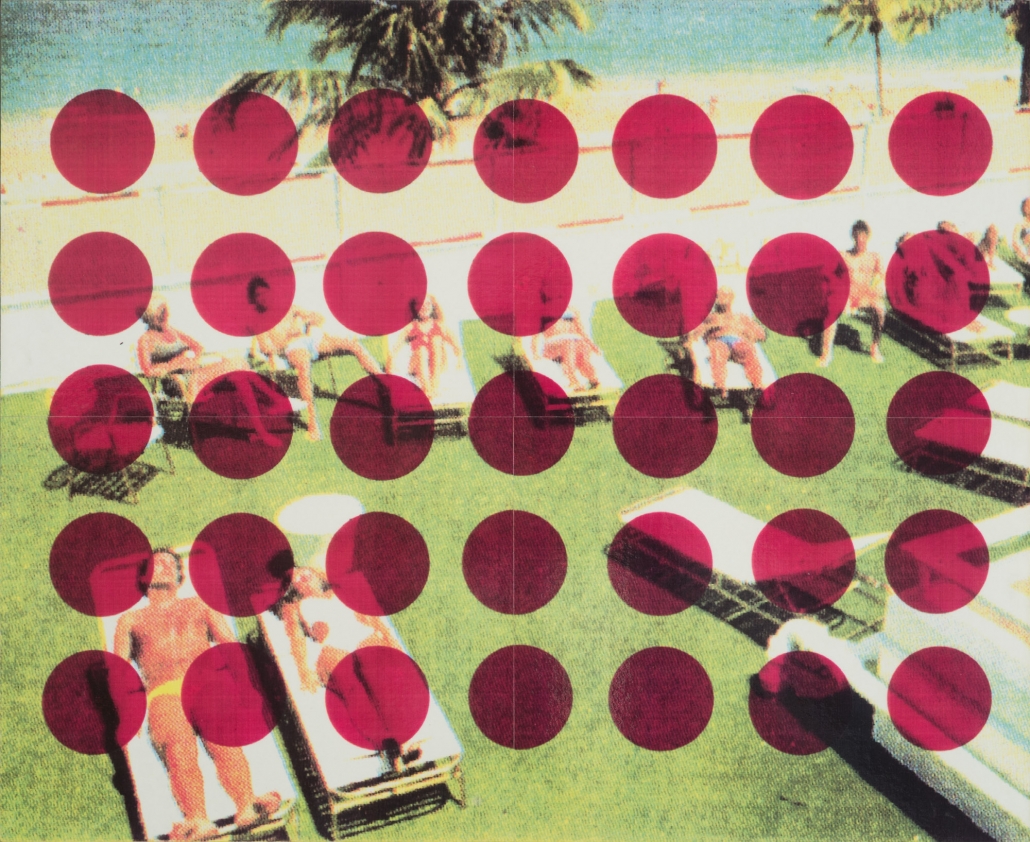Robert Tiemann
By Frances Colpitt, Circa 1999
It has been seven years since Robert Tiemann’s work has been seen in any depth in his hometown of San Antonio. During that time he concentrated on photography and photocopying—often in collaboration with his wife, Annabelle Tiemann—to produce highly conceptual images, characterized by a mordant sense of humor and sexuality. These pictures were usually ‘found’ rather than composed, to emphasize the absurdity of everyday life and the clash of industrial and postindustrial societies.
Now, however, Tiemann has returned to his longstanding interest in abstraction, first revealed in his stain paintings of the sixties and consummated in his shiny silver grids of the seventies. In place of the predictable canvas support for abstract painting, pegboard, which Tiemann first used in a series known as the Leaning Building Materials of 1987-88, provides a readymade grid, a resistant and unforgiving surface, and a specific, undisguised identity. A black or other colors of oilstick are dragged across the board’s surface. Although they utilize very little paint (only the red dots in one piece are colored with acrylic), the pegboard works are fully comprehensible as paintings. The density of color and the absorption of light vary from painting to painting. Without resorting to compositional balance, these works explore the pictorial possibilities of dividing the plane, recalling the paintings of Barnett Newman, while maintaining the all-overness of Jackson Pollock.
Unlike the abstract expressionists, Tiemann has no use for the romance of painting or the ego-affirming gesture. His marks are repetitive without being mechanical and tremulously human without a hint of pathos. Most surprisingly, he coaxes an authentic, transformative presence, an assertive physicality, from the flimsiest of common construction materials in a manner that could be termed Aesthetic Industrialism.

